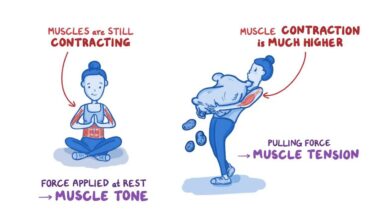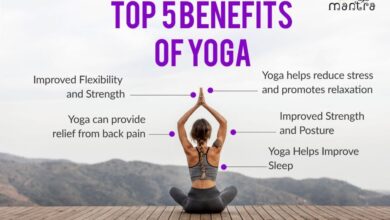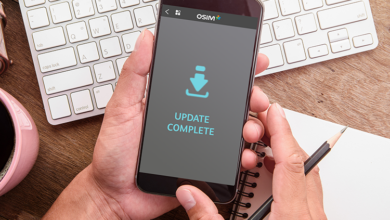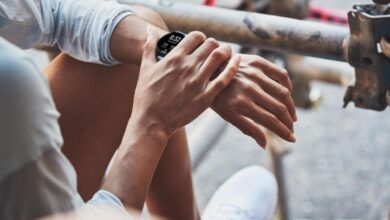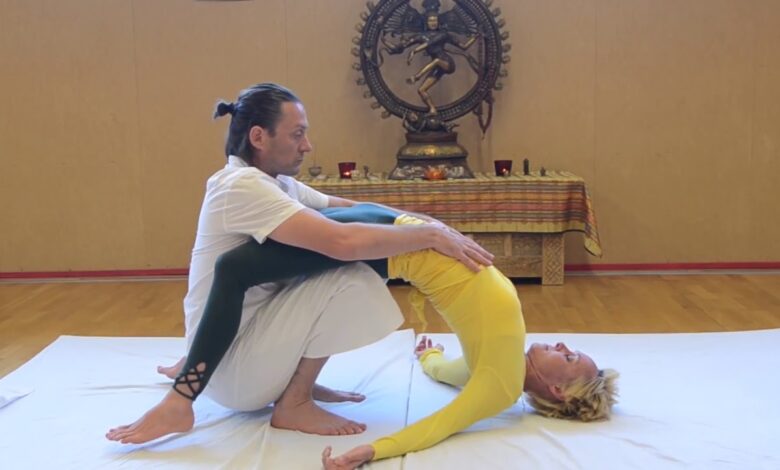
Ease Tension: A Relaxing Massage Yoga Combo
A relaxing massage yoga combo to ease tension is a powerful approach to wellness, combining the physical benefits of massage with the mental and spiritual benefits of yoga. Both practices have long been recognized for their ability to alleviate stress, reduce muscle tension, and promote overall well-being.
By merging these ancient techniques, we create a synergistic experience that addresses tension on multiple levels. Massage, with its targeted pressure and manipulation of muscles, releases physical knots and promotes circulation. Yoga, with its flowing movements and controlled breathing, stretches and strengthens muscles, improves flexibility, and calms the mind.
The Power of Combining Massage and Yoga: A Relaxing Massage Yoga Combo To Ease Tension
For centuries, both massage and yoga have been practiced independently to promote relaxation and well-being. Massage, a hands-on therapy, works directly on the body’s tissues, while yoga, a mind-body practice, utilizes postures and breathing techniques to achieve a sense of balance and ease.
When combined, these practices create a powerful synergy, offering a holistic approach to tension relief.
Benefits of Massage for Tension Relief
Massage therapy offers a direct and effective way to address physical tension. It involves applying pressure to the muscles and soft tissues, promoting blood circulation and reducing muscle stiffness.
- Reduces muscle tension:Massage helps to loosen tight muscles, releasing tension and improving flexibility.
- Promotes relaxation:The gentle touch and rhythmic movements of massage can induce a state of deep relaxation, reducing stress and anxiety.
- Improves circulation:Massage increases blood flow to the muscles, delivering oxygen and nutrients, and removing waste products.
Benefits of Yoga for Tension Relief
Yoga, a multifaceted practice, combines physical postures, controlled breathing, and meditation to alleviate stress and tension.
- Stretches and strengthens muscles:Yoga poses target specific muscle groups, promoting flexibility and range of motion, reducing muscle tightness.
- Calms the nervous system:Deep breathing techniques used in yoga help to regulate the nervous system, reducing anxiety and promoting relaxation.
- Enhances body awareness:Yoga encourages mindfulness, allowing individuals to become more aware of their body’s sensations and tension patterns.
Synergistic Effects of Combining Massage and Yoga
When massage and yoga are combined, their individual benefits complement each other, creating a more profound and lasting impact on tension relief.
After a long day, I find that a relaxing massage followed by some gentle yoga poses is the perfect way to ease tension and unwind. It’s amazing how those simple stretches can melt away the stress of the day.
Speaking of stress, I was curious about how much exercise we actually need to see results, so I looked into whether does standing burn enough calories to aid weight loss. While standing is great for overall health, it turns out you need more active movement for significant calorie burn.
But that’s okay, because the combination of massage and yoga is a great way to relax and recharge, and that’s just as important for a healthy lifestyle.
- Enhanced relaxation:The deep relaxation induced by massage prepares the body for the deeper stretches and mindfulness practices of yoga, allowing for a more profound sense of calm and release.
- Improved flexibility and range of motion:Massage helps to loosen tight muscles, making them more receptive to the stretches and poses in yoga, leading to greater flexibility and range of motion.
- Reduced stress and anxiety:The combined effects of massage and yoga on the nervous system and muscle tension significantly reduce stress and anxiety levels, promoting overall well-being.
Types of Massage for Tension Relief
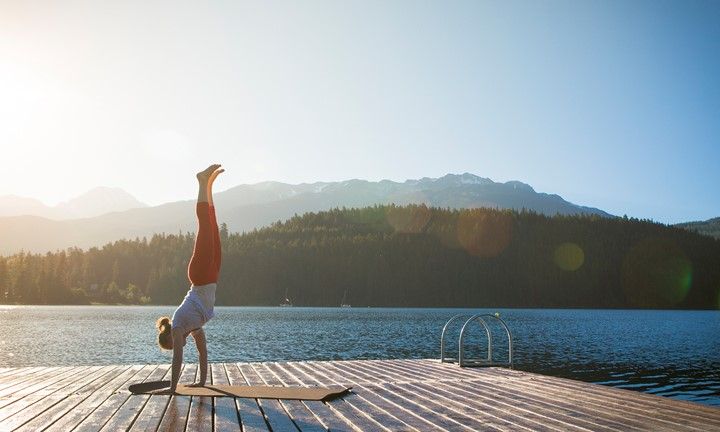
Massage is a powerful tool for relieving tension and promoting relaxation. Different massage styles utilize various techniques, each targeting specific areas and offering unique benefits. Here, we delve into some of the most effective massage styles for tension relief, exploring their techniques and benefits.
Swedish Massage
Swedish massage is a gentle and relaxing technique that focuses on long strokes, kneading, and circular movements. It aims to improve circulation, reduce muscle tension, and promote relaxation. This massage style is particularly effective for easing general muscle tension and promoting overall well-being.
After a long day, there’s nothing better than a relaxing massage followed by some gentle yoga stretches to ease tension. And if you’re looking for a healthy treat to enjoy afterwards, check out 8 RD approved pumpkin flavored snacks to buy at Trader Joe’s.
These delicious snacks are the perfect way to indulge in a little autumnal flavor without sacrificing your health goals. Once you’ve enjoyed your snack, you’ll be feeling completely relaxed and ready to take on the world.
Deep Tissue Massage
Deep tissue massage targets deeper layers of muscle and fascia, the connective tissue that surrounds muscles. It involves slower, more forceful strokes to release chronic muscle tension and knots. This style is ideal for addressing persistent muscle pain, stiffness, and limited range of motion.
After a soothing massage yoga combo, I always crave a nourishing meal that doesn’t require hours in the kitchen. That’s why I love checking out diets and recipes for 35 minute dinners – they’re perfect for busy nights when I want to unwind and enjoy a delicious, healthy meal.
The whole process of relaxation continues as I savor my quick and easy dinner, leaving me feeling balanced and ready for a good night’s sleep.
Sports Massage
Sports massage is designed to address the specific needs of athletes and active individuals. It incorporates various techniques, including stretching, trigger point therapy, and myofascial release, to improve flexibility, reduce muscle soreness, and prevent injuries.
Trigger Point Massage
Trigger point massage focuses on identifying and releasing trigger points, which are tight, hypersensitive knots in muscles. These points can refer pain to other areas of the body. This style is particularly effective for addressing chronic pain, headaches, and muscle imbalances.
Hot Stone Massage, A relaxing massage yoga combo to ease tension
Hot stone massage utilizes smooth, heated stones to relax muscles and improve circulation. The warmth of the stones helps to loosen tight muscles, while the pressure of the stones promotes relaxation and reduces stress. This style is ideal for easing muscle tension, reducing stress, and promoting a sense of calm.
Thai Massage
Thai massage combines stretching, acupressure, and gentle massage techniques. It involves a series of passive stretches and compressions to improve flexibility, increase range of motion, and promote energy flow throughout the body.
Examples of Massage Techniques for Different Areas of the Body
- Neck and Shoulders:Swedish massage strokes, deep tissue massage to release tension in the trapezius muscles, trigger point therapy for knots in the upper back.
- Back:Deep tissue massage to address chronic back pain, Swedish massage to release tension and improve circulation, trigger point therapy for knots in the lower back.
- Legs:Swedish massage strokes to improve circulation and reduce swelling, deep tissue massage to address muscle soreness and tightness, trigger point therapy for knots in the hamstrings and calves.
- Feet:Foot massage to release tension and improve circulation, trigger point therapy for plantar fasciitis, reflexology to address specific areas of the body.
Yoga Poses for Tension Release
Yoga, with its emphasis on breathwork and mindful movement, offers a powerful path to release tension and restore balance within the body. These poses gently stretch muscles, improve flexibility, and promote relaxation, leaving you feeling refreshed and rejuvenated.
Yoga Poses for Tension Release
These poses are known for their ability to target specific muscle groups and alleviate tension. They can be practiced individually or incorporated into a sequence for a more comprehensive release.
- Child’s Pose (Balasana): This pose is a gentle and calming resting pose that helps to release tension in the back, shoulders, and neck. It also stretches the hips and thighs.
- Steps: Start on your hands and knees. Bring your big toes together and sit back on your heels.
Fold forward, resting your forehead on the mat. Extend your arms forward or rest them alongside your body.
- Benefits: Relieves back pain, stretches the spine, calms the mind, and reduces stress.
- Modifications: For beginners, you can place a pillow or blanket under your forehead for added comfort. If your knees are sensitive, you can place a pillow or blanket between your calves and thighs.
- Steps: Start on your hands and knees. Bring your big toes together and sit back on your heels.
- Downward-Facing Dog (Adho Mukha Svanasana): This pose is an inversion that stretches the entire body, including the hamstrings, calves, and spine. It also strengthens the arms and shoulders.
- Steps: Start on your hands and knees. Tuck your toes under and lift your hips up and back, forming an inverted V-shape.
Keep your hands shoulder-width apart and your fingers spread wide.
- Benefits: Relieves back pain, improves circulation, strengthens the arms and legs, and calms the mind.
- Modifications: For beginners, you can bend your knees slightly to reduce the stretch in your hamstrings. You can also walk your feet closer to your hands to make the pose less intense.
- Steps: Start on your hands and knees. Tuck your toes under and lift your hips up and back, forming an inverted V-shape.
- Standing Forward Bend (Uttanasana): This pose stretches the hamstrings, calves, and spine. It also helps to calm the mind and relieve stress.
- Steps: Stand with your feet hip-width apart. Bend forward from your hips, keeping your back straight. Reach for your toes or ankles, or rest your hands on the floor.
- Benefits: Stretches the hamstrings, calves, and spine, relieves back pain, calms the mind, and reduces stress.
- Modifications: For beginners, you can bend your knees slightly to reduce the stretch in your hamstrings. You can also place a block or pillow under your hands for added support.
- Cat-Cow Pose (Bitilasana Marjaryasana): This pose is a gentle spinal wave that helps to release tension in the back and neck. It also improves flexibility and strengthens the core.
- Steps: Start on your hands and knees. Inhale as you arch your back, dropping your belly toward the floor and lifting your chest.
Exhale as you round your spine, tucking your chin to your chest.
- Benefits: Relieves back pain, improves spinal mobility, strengthens the core, and calms the mind.
- Modifications: For beginners, you can move through the pose more slowly. You can also focus on deepening your breath and feeling the movement in your spine.
- Steps: Start on your hands and knees. Inhale as you arch your back, dropping your belly toward the floor and lifting your chest.
- Supported Child’s Pose: This variation of Child’s Pose offers a deeper stretch and can be especially helpful for relieving tension in the shoulders and neck.
- Steps: Begin in Child’s Pose. Place a pillow or blanket under your forehead. You can also place a pillow or blanket under your chest for added support.
Relax your arms alongside your body or extend them forward.
- Benefits: Relieves back pain, stretches the spine, calms the mind, and reduces stress. This variation provides deeper relaxation and can be particularly beneficial for releasing tension in the shoulders and neck.
- Modifications: Adjust the height of the pillow or blanket to find the most comfortable position. You can also use a rolled-up towel for added support under your chest.
- Steps: Begin in Child’s Pose. Place a pillow or blanket under your forehead. You can also place a pillow or blanket under your chest for added support.
- Shoulder Stand (Sarvangasana): This inversion pose is a powerful way to relieve tension in the neck, shoulders, and back. It also helps to improve circulation and calm the mind.
- Steps: Lie on your back with your knees bent and your feet flat on the floor.
Lift your legs up towards the ceiling. Place your hands on your lower back for support. Slowly lift your hips off the floor and roll your spine up, bringing your shoulders off the ground. Keep your legs straight and your feet flexed.
- Benefits: Relieves neck and shoulder tension, improves circulation, calms the mind, and reduces stress.
- Modifications: For beginners, you can start with a supported shoulder stand. This can be done by placing a pillow or blanket under your shoulders for added support.
- Steps: Lie on your back with your knees bent and your feet flat on the floor.
- Plow Pose (Halasana): This inversion pose is a deep stretch for the shoulders, neck, and back. It also helps to improve digestion and calm the mind.
- Steps: Start in Shoulder Stand. Slowly lower your legs over your head, keeping your knees bent.
Rest your toes on the floor behind you.
- Benefits: Relieves neck and shoulder tension, improves digestion, calms the mind, and reduces stress.
- Modifications: For beginners, you can start with a supported plow pose. This can be done by placing a pillow or blanket under your hips for added support.
- Steps: Start in Shoulder Stand. Slowly lower your legs over your head, keeping your knees bent.
- Fish Pose (Matsyasana): This pose is a gentle backbend that stretches the chest, shoulders, and neck. It also helps to open the heart and improve breathing.
- Steps: Lie on your back with your arms by your sides. Bend your elbows and bring your palms underneath your hips.
Press your elbows into the floor and lift your chest off the ground. Rest the crown of your head on the floor.
- Benefits: Opens the chest and shoulders, improves breathing, calms the mind, and reduces stress.
- Modifications: For beginners, you can place a pillow or blanket under your shoulders for added support.
- Steps: Lie on your back with your arms by your sides. Bend your elbows and bring your palms underneath your hips.
- Supported Twist (Supta Matsyendrasana): This pose is a gentle twist that helps to release tension in the spine and hips. It also calms the mind and promotes relaxation.
- Steps: Lie on your back with your knees bent and your feet flat on the floor.
Cross your right leg over your left thigh. Bring your left arm across your body and wrap it around your right thigh. Turn your head to the right and gaze over your right shoulder.
- Benefits: Relieves back pain, improves digestion, calms the mind, and reduces stress.
- Modifications: For beginners, you can place a pillow or blanket under your knees for added support. You can also keep your arms straight by your sides.
- Steps: Lie on your back with your knees bent and your feet flat on the floor.
- Reclining Butterfly Pose (Supta Baddha Konasana): This pose is a gentle hip opener that helps to release tension in the hips, groin, and inner thighs. It also promotes relaxation and calms the mind.
- Steps: Lie on your back with your knees bent and your feet together.
Let your knees fall open to the sides, allowing your feet to come together. Place a pillow or blanket under your knees for added support. Relax your arms by your sides.
- Benefits: Opens the hips, relieves tension in the groin and inner thighs, calms the mind, and reduces stress.
- Modifications: For beginners, you can place a pillow or blanket under your knees for added support. You can also place a pillow or blanket under your head for added comfort.
- Steps: Lie on your back with your knees bent and your feet together.
Last Recap
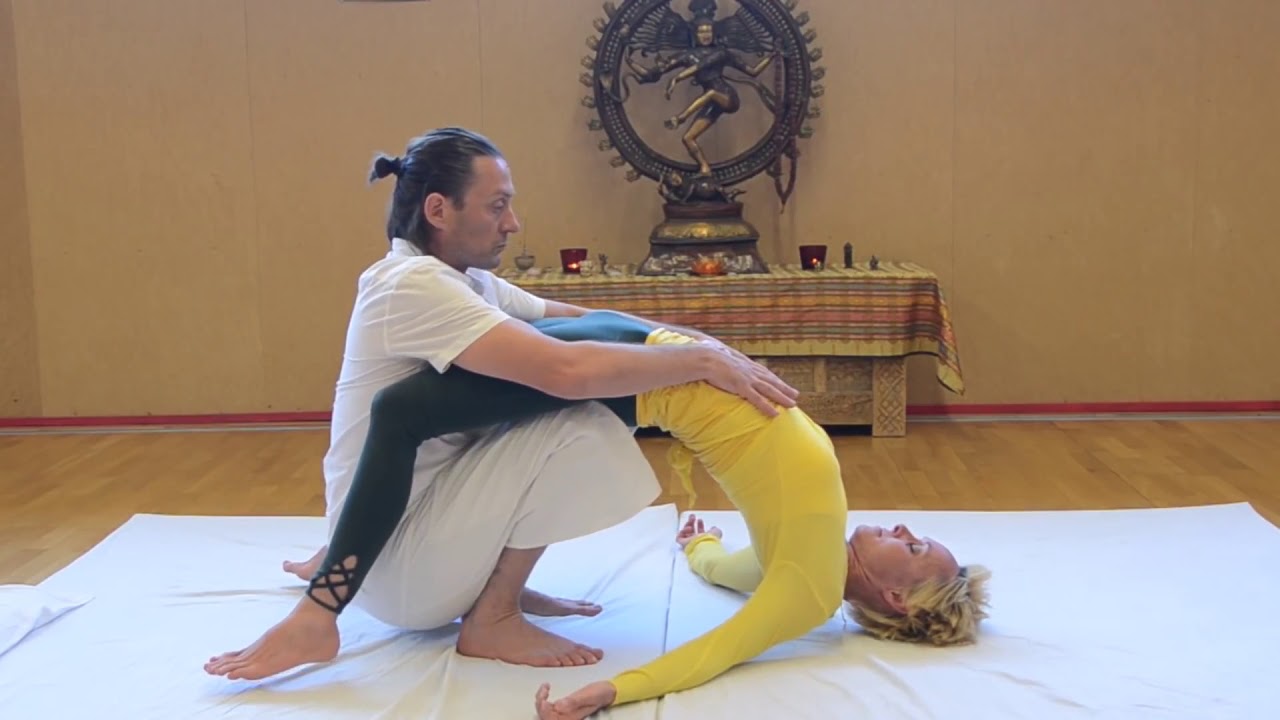
Integrating massage and yoga into a single practice creates a holistic approach to stress relief. This combo allows you to delve deeper into relaxation, experiencing the calming effects of both disciplines simultaneously. Whether you’re seeking to unwind after a long day, manage chronic pain, or simply cultivate a sense of inner peace, this powerful combination offers a pathway to a more balanced and harmonious life.

